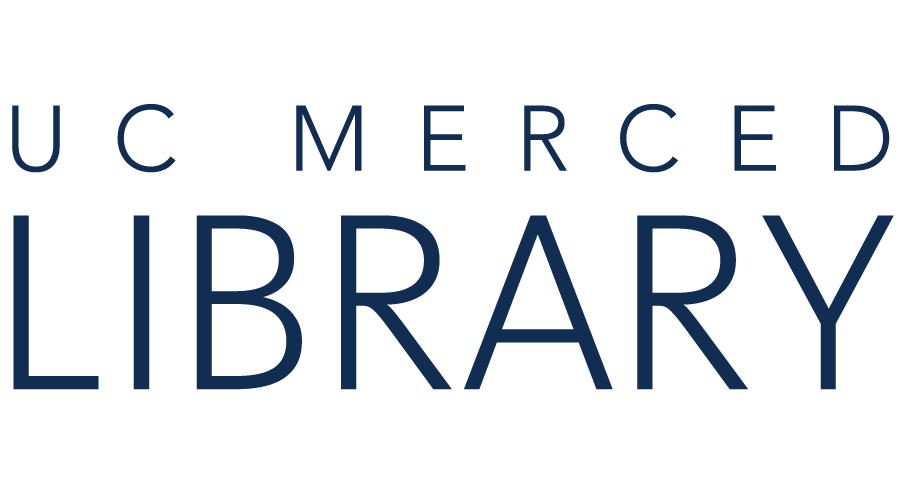DOI DEFINITION
A DOI, or Digital Object Identifier, is a unique string of numbers and letters that permanently identifies an article, or other work, and links to it on the web. In short, a DOI is a permanent or persistent identifier.
DOIs are intended to make information retrieval easier.
DOI FORMATS -- ACTIVE or INACTIVE
When you locate an article, the DOIs may be formatted as active or inactive.
An active DOI looks like a hyperlink.
An inactive DOI omits https//doi.org/ and often starts with 10 (especially if assigned pre-2011).
Example: DOI: 10.2307/1354482
More sites are now using active DOIs. This was an inactive example from a JSTOR article.
MAKE a DOI ACTIVE
Simply add http://doi.org/ OR http://dx.doi.org/ before the DOI number to make it active.
RESOLVE a DOI
Have a DOI in the inactive format? Visit https://www.doi.org/ and paste in the DOI number to locate the item associated with the DOI.
DOIs are NOT UNIVERSAL
Not all articles, or other information sources, have a DOI.
These are examples of articles where a DOI is available BUT it is not provided at the article's landing page.
INTRIGUED?

Scan the web page or source. If one is assigned, it is mostly likely near the top of the web page where you located the article or maybe on the article itself.

Use CrossRef. Select the "Search Metadata"tab and paste in the title of your article, book chapter etc.

Let's try locating a DOI for these examples using CrossRef.
No. Though scholarly sources, especially peer-reviewed journal articles, are likely to have a DOI, non-scholarly sources may be assigned a DOI. For example, this data set has been assigned a DOI.

It depends. Consult your citation style guide (APA, MLA, CSE etc.) to determine what the style requires. Though not all citations style want DOIs formatted in the same way, many styles seem to be moving toward using the active DOI format.
In these styles, DOIs are usually preferred over regular URLs.

Copyright @ The Regents of the University of California. All rights reserved.
